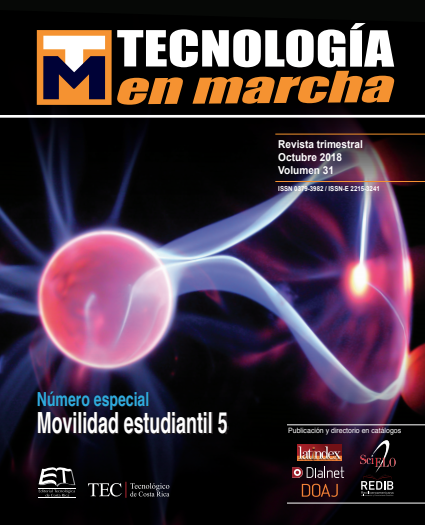Determination of the parameters for a hypoplastic constitutive model on clay to be used in the finite element method Tochnog
Main Article Content
Abstract
A constitutive model attempts to model the behavior of the soil. Nowadays, there are great variety of methods, one of the most well-known constitutive models is the one of Mohr Coulomb, however it doesn’t take into account the nonlinear behavior of the soil, an hypoplastic model does, which it’s very important in the actual practice of engineering. The hypoplasticity is a framework that was at first developed for granular materials, but given the advantages of using such a model, Masín [2] proposed to use such model for clays, that sometimes are used in earth dams which are of great importance and such a model could allow a better understanding and modelling since it takes into account the nonlinear and hysteretic behavior. The following investigation has as an objective to explain the procedure for the determination of the parameters needed in order to developed and hypoplastic model according to Masín [2] by using the kaolin clay, by means of laboratory tests, as the direct shear box, consolidation or oedometer and basic index test. With the obtained results, it can be seen that the parameters to use can easily be determine by simple laboratory tests, so in conclusion it can be observed that it is a feasible method to put in practice at the same time that that is able to reproduce efficiently the cyclic behavior of soils from small deformations to failure and which can be implemented in numerical dynamic calculations with the use of a finite element software.
Article Details
Los autores conservan los derechos de autor y ceden a la revista el derecho de la primera publicación y pueda editarlo, reproducirlo, distribuirlo, exhibirlo y comunicarlo en el país y en el extranjero mediante medios impresos y electrónicos. Asimismo, asumen el compromiso sobre cualquier litigio o reclamación relacionada con derechos de propiedad intelectual, exonerando de responsabilidad a la Editorial Tecnológica de Costa Rica. Además, se establece que los autores pueden realizar otros acuerdos contractuales independientes y adicionales para la distribución no exclusiva de la versión del artículo publicado en esta revista (p. ej., incluirlo en un repositorio institucional o publicarlo en un libro) siempre que indiquen claramente que el trabajo se publicó por primera vez en esta revista.

